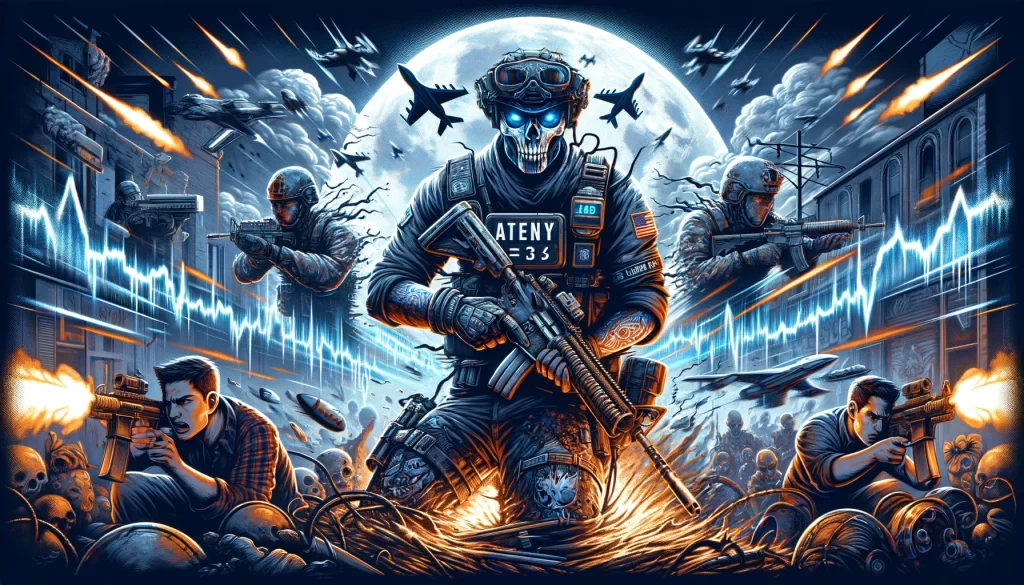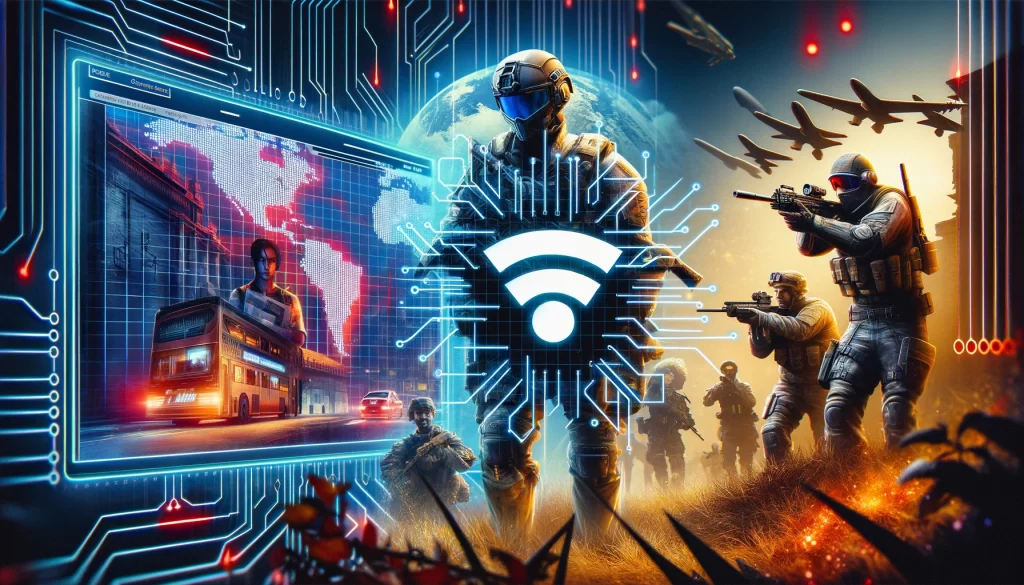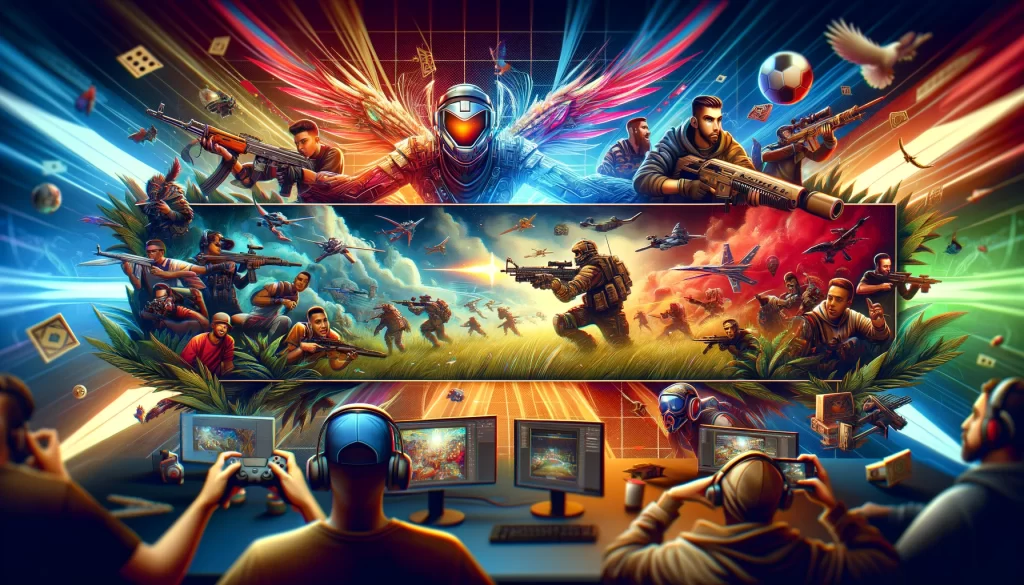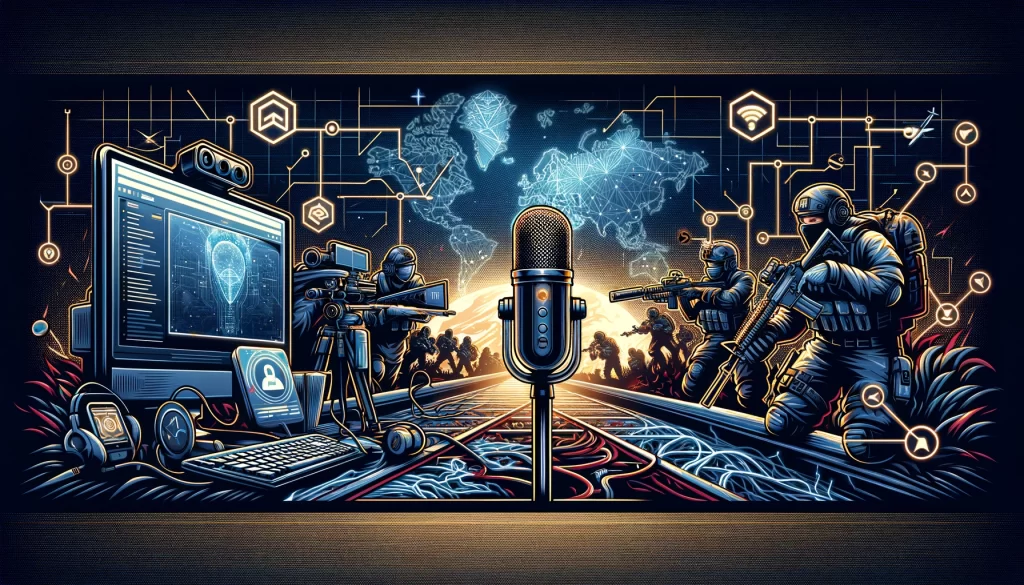How to Reduce Lag in Warzone: DNS and VPN Solutions
Eliminate lag, reduce ping, and optimize your connection for smooth, responsive Warzone gameplay. Proven methods that actually work in 2025.

Table of Contents
There's nothing more frustrating than losing a gunfight because your character teleports, your shots don't register, or enemies appear to have a split-second advantage over you. Lag in Warzone doesn't just hurt your K/D—it ruins the entire gaming experience. The good news? Most lag is fixable with the right knowledge and tools.
This comprehensive guide will show you exactly how to identify the source of your lag and eliminate it. Whether it's network congestion, poor routing, DNS issues, or hardware limitations, we'll cover proven solutions that actually work. By the end of this article, you'll have a lag-free, optimized connection for competitive Warzone gameplay.
Understanding Lag: What's Actually Happening

Before fixing lag, you need to understand what causes it. "Lag" is an umbrella term for various network and performance issues that affect your gaming experience.
Latency (Ping)
The time it takes for data to travel from your device to the game server and back. Measured in milliseconds (ms).
- • Under 20ms: Excellent, pro-level connection
- • 20-50ms: Good, competitive gaming possible
- • 50-100ms: Acceptable, slight disadvantage
- • 100ms+: Poor, noticeable delay
Packet Loss
When data packets traveling between you and the server get lost or corrupted. Results in stuttering, rubber-banding, and players teleporting. Even 1-2% packet loss is noticeable in fast-paced games.
Jitter
Variation in ping over time. Inconsistent latency that causes unpredictable lag spikes. High jitter (10ms+) is often worse than slightly higher but stable ping.
Bandwidth Issues
When your network doesn't have enough upload or download speed to handle the game traffic, often caused by other devices using the internet simultaneously.
Types of Lag in Warzone (And How to Identify Them)
Different types of lag require different solutions. Here's how to identify what you're experiencing:
Network Lag
Symptoms:
- • Players teleporting or rubber-banding
- • Shots not registering
- • Dying behind cover
- • Yellow/orange ping indicator icons
Cause: Poor internet connection, ISP issues, wrong server region
FPS/Performance Lag
Symptoms:
- • Stuttering visuals
- • Frame drops in fights
- • Choppy movement
- • Low FPS counter (under 60)
Cause: Hardware limitations, graphics settings too high, outdated drivers
Server Lag
Symptoms:
- • Entire lobby experiencing issues
- • Random disconnects
- • Synchronized lag for all players
Cause: Activision server problems (unfixable on your end)
Network Congestion Lag
Symptoms:
- • Lag only during peak hours
- • Fine when others aren't using internet
- • Lag when streaming/downloading
Cause: Bandwidth sharing, router QoS issues, ISP throttling
Instant Fixes You Can Do Right Now (Under 5 Minutes)
Before diving into complex solutions, try these quick fixes that solve lag problems for 60% of players:
1. Switch to Wired Connection (Ethernet)
WiFi adds 10-50ms latency and packet loss. A simple ethernet cable eliminates wireless interference entirely.
Expected improvement: -15-40ms ping, eliminates packet loss
2. Restart Your Router and Modem
Unplug both for 30 seconds. This clears memory leaks, resets connections, and often fixes routing issues.
Expected improvement: Fixes intermittent lag and connection drops
3. Close Bandwidth-Hogging Applications
Close Steam, Epic Games, Windows Update, OneDrive, and any downloading/streaming applications while gaming.
Expected improvement: -10-30ms ping during congestion
4. Check In-Game Network Settings
In Warzone settings, enable "On-Demand Texture Streaming" to OFF and check latency meter is visible so you can monitor ping.
Expected improvement: More consistent performance
Advanced Network Optimization Guide

Enable QoS (Quality of Service) on Your Router
QoS prioritizes gaming traffic over other network activities. This ensures Warzone gets bandwidth priority even when others are streaming Netflix or downloading files.
How to Enable QoS:
- 1. Access router settings (usually 192.168.1.1 or 192.168.0.1)
- 2. Find QoS or Traffic Prioritization settings
- 3. Set your gaming device as "Highest Priority"
- 4. Assign gaming ports priority: UDP 3074, 3075, 3076-3079
- 5. Save and restart router
Port Forwarding for Lower Latency
Opening specific ports for Warzone creates a direct path for game traffic, reducing NAT-related lag.
Warzone Required Ports:
- • PC: UDP 3074, 3075-3079, 27014-27050
- • PlayStation: TCP 80, 443, 3074, 3478-3480 | UDP 3074, 3478-3479
- • Xbox: TCP 3074 | UDP 88, 500, 3074, 3075, 3544, 4500
MTU Optimization
Maximum Transmission Unit (MTU) determines packet size. Incorrect MTU causes packet fragmentation and increased latency.
Optimal MTU Settings:
- • Standard connection: 1500 MTU
- • PPPoE connections: 1492 MTU
- • Test command (Windows):
ping -f -l 1472 google.com
DNS Optimization for Gaming Performance
Your DNS (Domain Name System) servers translate domain names to IP addresses. Slow or poorly routed DNS can add 20-100ms latency to your connection. Worse, your ISP's default DNS might route you to suboptimal game servers.
How DNS Affects Warzone Performance
- • Server Selection: DNS determines which Activision servers you connect to based on your apparent location
- • Initial Connection Speed: Faster DNS lookup = faster matchmaking and lobby joining
- • Routing Efficiency: Better DNS providers have optimized routes to gaming infrastructure
- • Matchmaking Optimization: Specialized gaming DNS can manipulate where the game thinks you're located
Public DNS Options
Google DNS
Primary: 8.8.8.8
Secondary: 8.8.4.4
Fast, reliable, widely available
Cloudflare DNS
Primary: 1.1.1.1
Secondary: 1.0.0.1
Fastest public DNS, privacy-focused
These improve speed but don't optimize matchmaking.
Gaming-Optimized DNS (EZ Lobby)
Gaming DNS services like EZ Lobby go beyond speed optimization. They manipulate your location data to trigger easier matchmaking while maintaining direct, low-latency connections to actual game servers.
Benefits:
- • Easier lobbies (lower K/D opponents)
- • No ping increase (0-5ms max)
- • No packet loss
- • Optimized game server routing
- • Works on all devices
How It Works:
- • Modifies location sent to matchmaking
- • Keeps actual game connection direct
- • 2-minute setup via DNS change
- • No software installation
- • Undetectable and ban-safe
How to Change Your DNS (All Platforms)
Windows PC
- 1. Open Control Panel → Network and Sharing Center
- 2. Click your connection → Properties
- 3. Select "Internet Protocol Version 4 (TCP/IPv4)" → Properties
- 4. Select "Use the following DNS server addresses"
- 5. Enter DNS addresses and click OK
PlayStation 5
- 1. Settings → Network → Settings → Set Up Internet Connection
- 2. Select your network → Advanced Settings
- 3. DNS Settings → Manual
- 4. Enter Primary and Secondary DNS
- 5. Save and test connection
Xbox Series X/S
- 1. Settings → General → Network Settings
- 2. Advanced Settings → DNS Settings → Manual
- 3. Enter Primary and Secondary DNS
- 4. Press B to save
PC/Console Specific Optimizations
Windows PC Network Optimizations
- • Disable Windows Updates during gaming: Updates consume bandwidth silently
- • Turn off Background Apps: Settings → Privacy → Background apps
- • Disable Xbox Game Bar: Settings → Gaming → Xbox Game Bar (OFF)
- • Update Network Drivers: Latest drivers often improve latency
- • Disable Power Saving on Network Adapter: Device Manager → Network adapter → Power Management → Uncheck "Allow computer to turn off this device"
Console Optimizations
PlayStation
- • Disable automatic downloads
- • Close all background apps
- • Use 5GHz WiFi if available
- • Rebuild database monthly
Xbox
- • Disable instant-on mode
- • Clear persistent storage
- • Disable auto-updates
- • Use alternate MAC address
Dealing with ISP Throttling and Poor Routing

Sometimes the problem isn't on your end—it's your Internet Service Provider. ISPs may throttle gaming traffic, route you through congested paths, or simply provide poor service to gaming servers.
Signs Your ISP Is Throttling Gaming
- • Lag only during specific times (evening peak hours)
- • Speed tests show good speeds, but games lag
- • Other internet activities work fine, but gaming suffers
- • Connection improves immediately when using VPN/DNS service
Solutions for ISP-Related Lag
1. Use Gaming DNS Service
Services like EZ Lobby bypass ISP routing decisions entirely, ensuring optimal paths to game servers.
2. Contact ISP Support
Ask specifically about gaming traffic optimization and request route optimization to Activision servers.
3. Upgrade Internet Plan
Higher-tier plans often include better routing and less throttling. Sometimes it's worth the extra cost.
4. Switch ISPs If Possible
If you have multiple ISP options, research which has better gaming performance in your area.
Conclusion
Reducing lag in Warzone requires a multi-pronged approach: optimize your local network, use better DNS, configure your router properly, and sometimes work around ISP limitations. The good news is that most lag is fixable. By following this guide, you should see dramatic improvements in connection quality, responsiveness, and overall gaming experience.
Remember: the fastest fix with the biggest impact is usually switching to a gaming-optimized DNS service. It addresses multiple issues simultaneously—poor routing, matchmaking optimization, and server selection—all without adding any lag. Start there, then work through the other optimizations for maximum performance.
Eliminate Lag & Get Easier Lobbies
EZ Lobby optimizes your connection and matchmaking in one simple solution
Try Free for 24 Hours